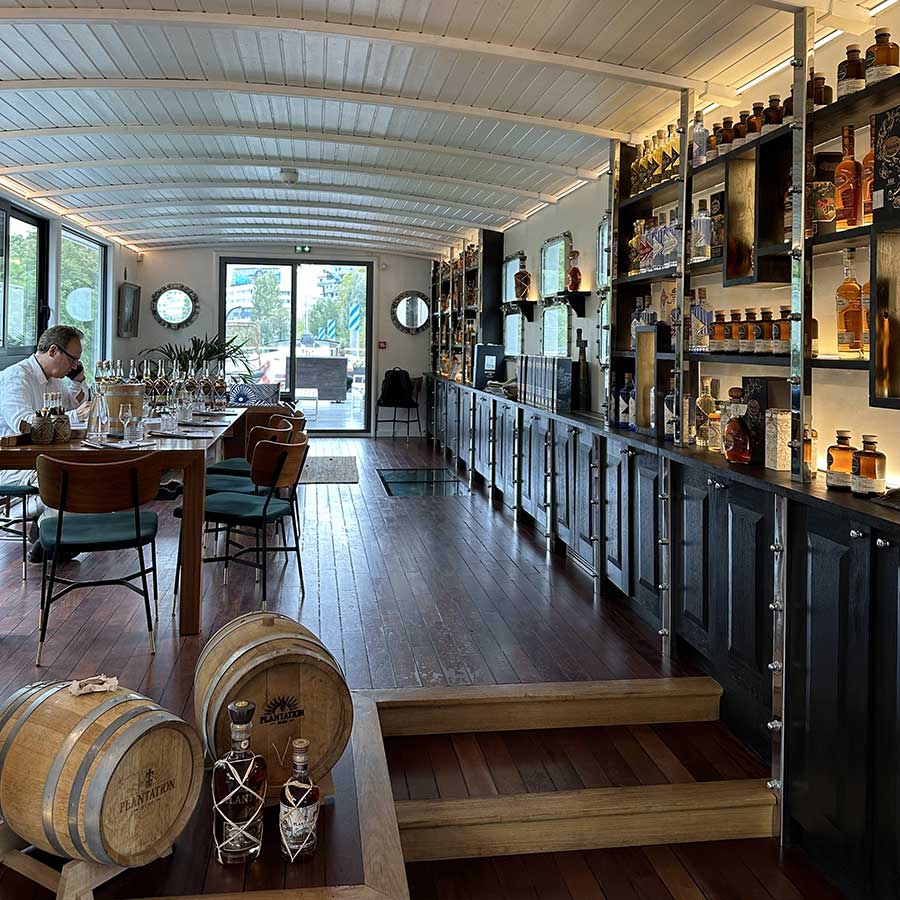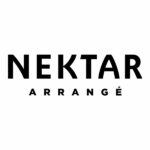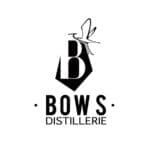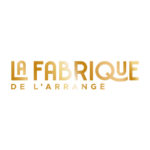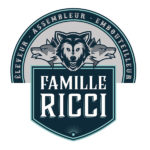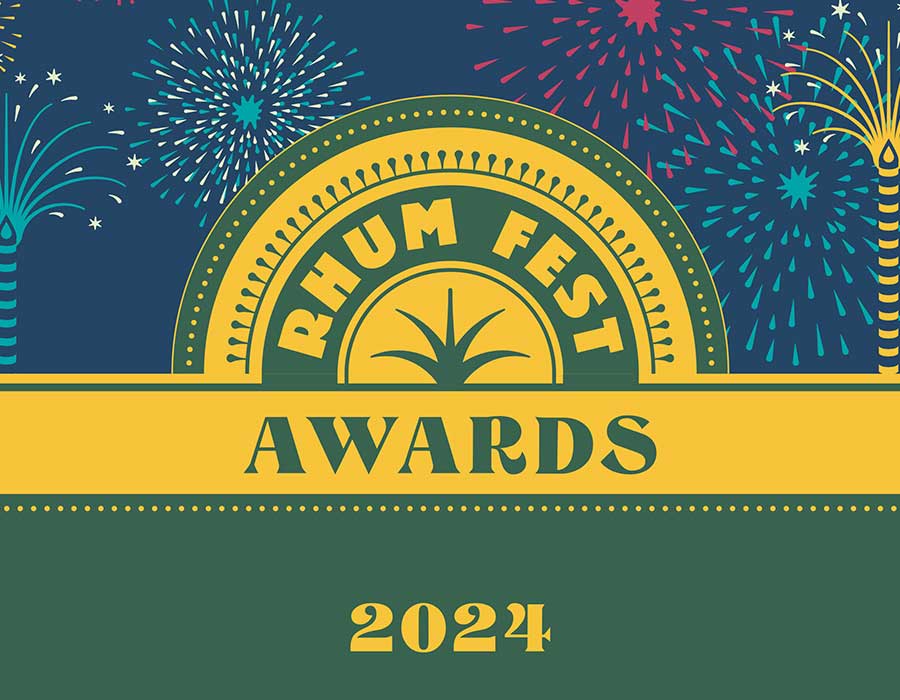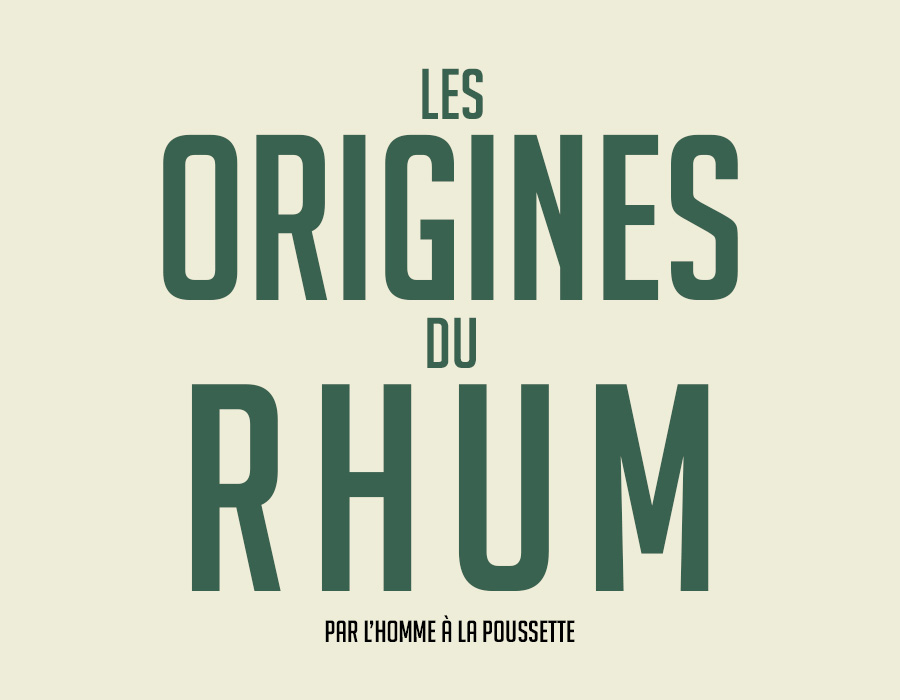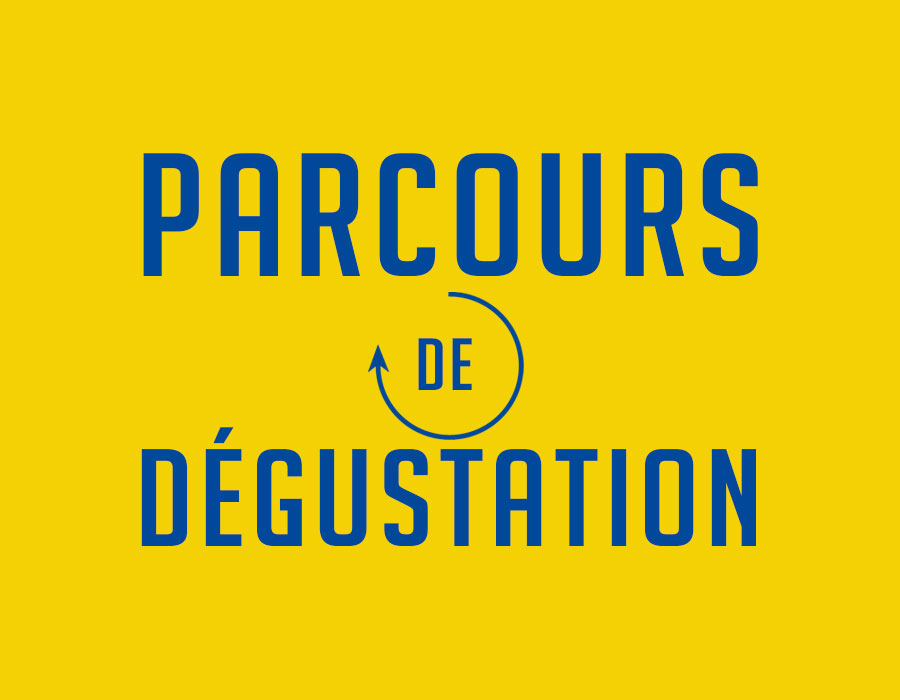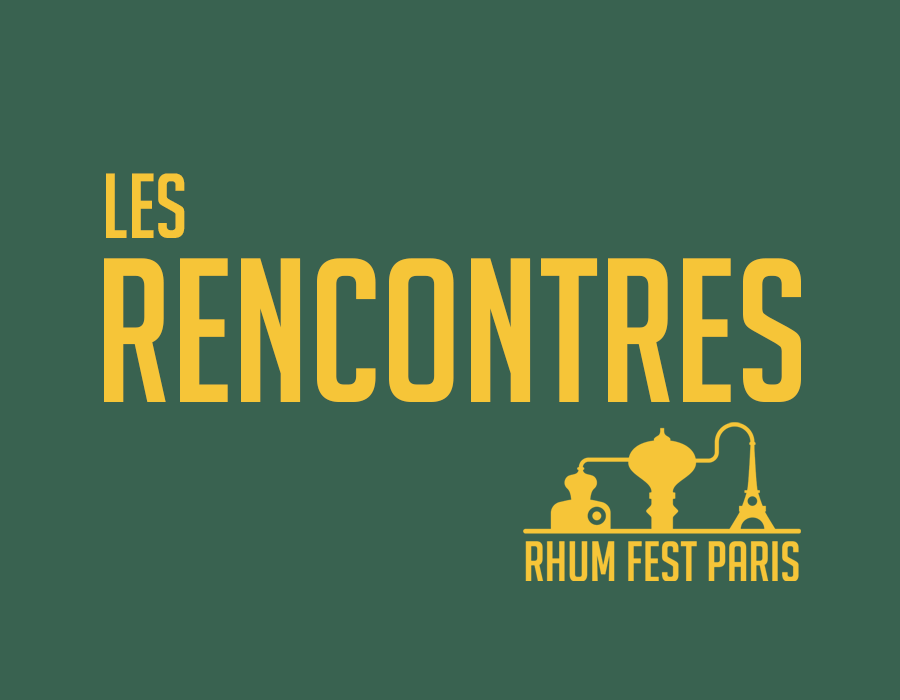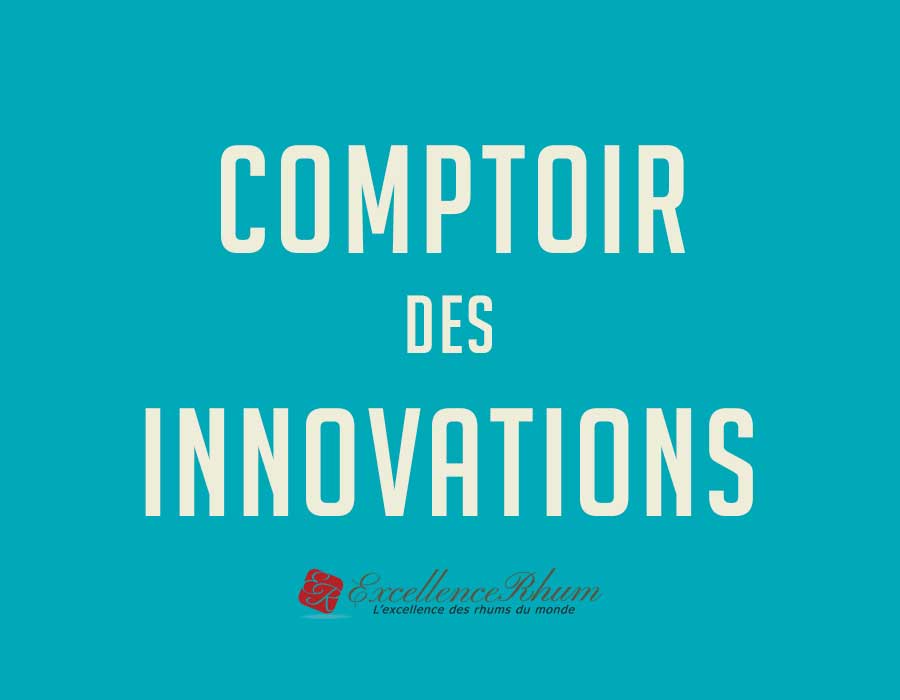
Team RFP: Hello Alexandre Gabriel – or should we say Captain? Following on from your original (and slightly crazy) ideas for Maison Ferrand, you recently developed a floating ageing cellar. How did you come up with the idea of La Barge 166? What do you age there?
Alexandre: The experience we’re proposing at La Barge 166 is in fact the result of a combination of three key elements: working in extremely humid cellars, in the tradition of the English early landed, analyzing the impact of dynamic ageing on our spirits (you know, ageing on the move in the purest tradition of the casks that travelled by boat for weeks and weeks between the Caribbean and Europe) and revisiting the techniques of ageing in small casks with this extreme micro-oxygenation.
These three angles of research form part of a study for the book I’m writing on cellar master techniques. It’s technical research and a totally experimental project, and we wanted to take advantage of this to get all our fans on board and tell them: here you are, you can be part of this gustatory and technical adventure! That’s what the barge is all about: come behind the curtain and share this research with us, because at Ferrand we believe that knowledge is pleasure.
The barge is located just outside Paris, in front of the Ile Saint-Germain. We have completely restored an old 1948 Freycinet barge into a floating winery, the very definition of dynamic ageing in a humid environment. This makes it completely accessible to rum enthusiasts, the experience of accompanying the maturation and evolution of their rums or cognacs themselves. We offer a selection of 10 Planteray rums and 6 Ferrand cognacs on board. This selection is totally exclusive!
Team RFP: How does the experiment unfold, from barrel and juice selection to bottling?
Alexandre: For the moment, we’re using 30-liter French Limousin oak casks made in the Cognac region. But, as you know me, we’re not immune to offering barrels of different wood species in the near future! These are new barrels that we pre-wean. We offer several toasts of wood, depending on the desired aromatic profile. This capacity allows the spirit to interact perfectly with the humid atmosphere of the cellar. The number of bottles depends of course on the ageing time, but on average, we obtain around 55 bottles of 50cl at the end of the maturing process on the barge.
We’ve also created (and patented!) an original metal structure, adapted to the barge’s hold, to accommodate these small casks in the best possible way, so as to optimize their location as much as possible, but above all access to the small casks so as to be able to monitor their evolution on a regular basis. We can thus age 1440 casks on board the barge.
We offer 6 expressions of Cognac Ferrand, all 1er cru de Cognac, Grande Champagne of course. We offer blends, as I’ve been in the business for over 30 years now, but also vintage cognacs! As well as a dozen Planteray rums, so that everyone can choose the rum that suits them best. As you know, Planteray’s DNA is to represent the different terroirs of rum, so we offer rums from Barbados, the cradle of rum and our distillery, Stade’s West Indies Rum Distillery, but also Jamaican rums, from our two distilleries Clarendon and Long Pond, as well as rums from Fiji with whom we have an exclusive partnership, Trinidad, etc. And this is just the beginning. And that’s just the beginning… (smiles)
Team RFP: Are your juices aged beforehand?
Alexandre: Indeed, our rums and cognacs are aged for several years before being casked for La Barge. As you know, all our Planteray rums benefit from a double aging process, an old rum tradition: first in their country of origin, very often in American oak barrels that have contained bourbon, in a tropical climate, then in France in our Ferrand barrels, made of French oak, in a continental climate. Maturation on La Barge is the third phase in the ageing of our rums.
Team RFP: How long does the experience last?
Alexandre: Well, that’s up to each cask owner to decide! However, it’s my job and that of the team to accompany them through this ageing period. If you leave a cognac or rum too long in a small barrel, especially in extreme conditions of temperature and humidity variation like on the barge, the organoleptic profile could be too woody, or there could be nothing left in the barrel! You need to keep an eye on these small casks, and taste them regularly. We recommend aging for a year, or even two at the most.
The doors are always open to spirits enthusiasts like us, so Private Cask Owners can come whenever they like! But I’d say that on average, owners come to the barge 2 or 3 times a year. They often come with friends or family to discover the barge, taste their cask and spend a convivial moment on board. And when it’s not possible for them to come, we can send them samples so they can see the evolution of their rum or cognac.
Team RFP: What happens to the casks once the experiment is over?
Alexandre: Once the spirit has been bottled, the cask is reused for further aging. Many cask owners ask us to keep their cask and fill it with another spirit. In this way, we can offer maturation in ex-rum or ex-cognac casks. The possibilities are endless, and we’re going to have a lot of fun!
Team RFP: Who is the La Barge 166 experience aimed at?
Alexandre: Anyone with a passion for spirits and a curiosity for discovery! We have a very diverse audience: enthusiasts of fine spirits, company managers who share the experience of ageing with their best partners, and wine merchants who invite their customers to discover this concept that they themselves have adopted. As you can see, our clientele is very diverse, and many of our visitors come from abroad.
Team RFP: Do you have or plan to launch and market a range of products aged in this winery?
Alexandre: Not at the moment, but you know me…!
Team RFP: We’ve heard that the experiment will be extended. How far will you go?
Alexandre: Of course! Right now, we’re opening our doors to aging in small barrels at Château de Bonbonnet, in our new Satgé cellar. This very special cellar is a prestige cellar where all our finest nuggets are aged. Satgé for Luc, who worked alongside me for over a decade as assistant cellar master, and who retired last year. I named this prestigious winery after him!
One of our objectives is to compare the evolution of ageing in small casks in a cellar with totally different conditions to those on the barge, and to offer a completely different experience to our cask owners!
We also have a project in Barbados, as you can imagine! A barge on the Caribbean Sea is a bit complicated because of the aggressiveness of the salt, the cost of the project and so on. In the end, our barrel owners asked us to look into the possibility of making a declination in conditions of extreme humidity! At Stade’s West Indies Rum Distillery, we have a small 19th-century winery called “The Bakery” right on the beach. Its roof had been blown off by a hurricane. We’re planning to rebuild the roof and place a few exclusive casks there for the privileged few who will have chosen casks on the barge, and to allow them, if they wish, to have access to “The Bakery”. This winery is so named because of its intense environment, characterized by the effect of the sun, the beach, the sand and the extreme humidity of the sea just a few meters away. In the past, this chai was called “The Bakery”, because barrels were baked here.
Pleasure comes with sharing knowledge, and we like to share with our fans the technical elements that enable them to access even more pleasure. We take them with us not only on the barge, but also to this experience in Cognac and this extreme experience in Barbados.
